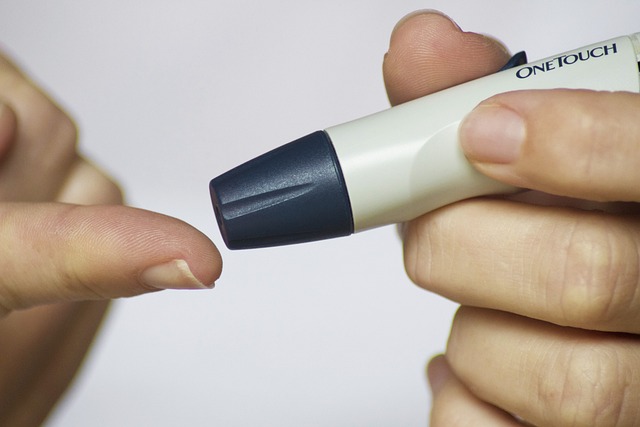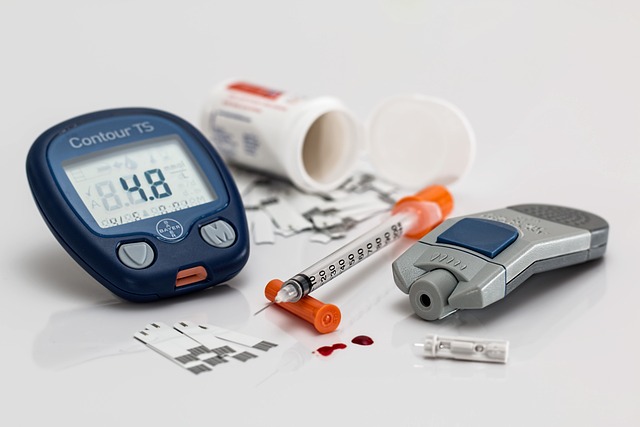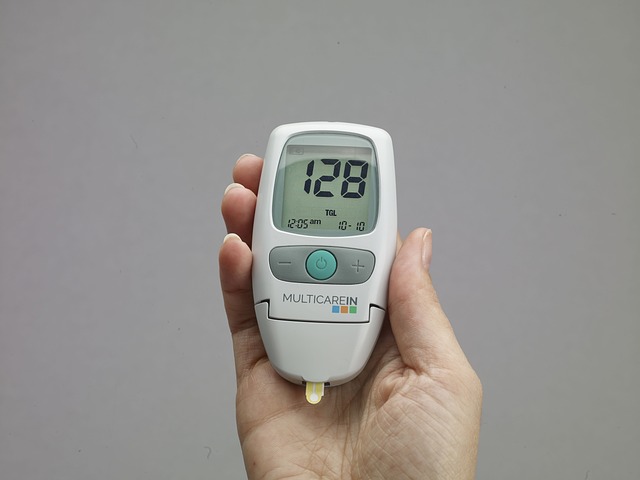
Diabetes is a chronic condition affecting millions of people worldwide, characterized by the body’s inability to manage blood sugar levels properly. Recognizing diabetes symptoms early, understanding its causes, and exploring available treatment options can significantly improve health outcomes.
What is diabetes?
Diabetes is a chronic metabolic disorder that disrupts the body’s ability to regulate blood sugar (glucose) effectively. This condition arises when the body either fails to produce sufficient insulin or becomes resistant to its effects, leading to elevated levels of glucose in the bloodstream. Insulin, a hormone produced by the pancreas, is essential for allowing glucose to enter cells and be used as energy.
There are several types of diabetes, each with its own pathophysiology and management strategies:
Type 1 Diabetes
An autoimmune condition where the immune system attacks and destroys insulin-producing beta cells in the pancreas, resulting in little or no insulin production. It often develops in children, teenagers, or young adults, but it can occur at any age.
Type 2 Diabetes
Characterized by insulin resistance, where the body’s cells do not respond properly to insulin, and eventually, the pancreas may not produce enough insulin. It is more common in adults over 45 but is increasingly seen in younger individuals due to rising obesity rates. It develops gradually and may go unnoticed for years. It accounts for about 90-95% of all diabetes cases.
Gestational Diabetes
Occurs during pregnancy and is marked by high blood sugar levels that typically resolve after childbirth but increase the risk of developing Type 2 diabetes later in life. It typically develops around the 24th to 28th week of pregnancy.
Prediabetes
A precursor to Type 2 diabetes, where blood sugar levels are higher than normal but not yet high enough to be classified as diabetes.
Other Specific Types:
- Monogenic Diabetes: This rare form is caused by a single gene mutation and includes conditions like neonatal diabetes and maturity-onset diabetes of the young (MODY).
- Secondary Diabetes: This type occurs as a result of other medical conditions or treatments, such as chronic pancreatitis, Cystic Fibrosis, or prolonged use of steroids.
Symptoms of Diabetes
Identifying early diabetes symptoms is critical for timely intervention. Common signs include:
- Frequent Urination (Polyuria)
- Increased Thirst (Polydipsia)
- Unexplained Weight Loss
- Fatigue
- Blurred Vision
- Slow-Healing Sores
- Tingling or Numbness in Extremities
Causes of Diabetes
Understanding the causes of diabetes can help prevent or delay its onset:
- Genetic Factors: A family history of diabetes increases the likelihood of developing the condition.
- Lifestyle Factors: Poor diet, lack of exercise, and obesity are major contributors, especially for Type 2 diabetes.
- Autoimmune Factors: In Type 1 diabetes, the immune system attacks insulin-producing cells.
- Pregnancy: Gestational diabetes occurs due to hormonal changes during pregnancy.
Prevalence of diabetes
According to the World Health Organization (WHO), as of 2022, approximately 537 million adults (aged 18-99) are living with diabetes worldwide. This number is expected to increase significantly by 2045.
Management of Diabetes
Effective treatment of diabetes is essential to managing the disease and preventing complications.
Medications and Insulin Therapy

Type 1 diabetes requires daily insulin therapy via injections or an insulin pump. Type 2 diabetes can often be managed with oral medications like metformin, alongside lifestyle changes. In some cases, insulin may also be necessary.
Dietary Changes
A diabetes-friendly diet focuses on low carbohydrates, high fiber, and nutrient-dense foods. Incorporating whole grains, lean proteins, and vegetables while avoiding sugary and processed foods can help maintain stable blood sugar levels.

Exercise

Physical activity improves insulin sensitivity and helps lower blood sugar levels. For effective diabetes management, aim for at least 30 minutes of moderate exercise, such as walking or cycling, on most days of the week.
Blood Sugar Monitoring
Regular monitoring of blood sugar levels is crucial for people living with diabetes. Keeping track helps ensure that blood glucose stays within a healthy range and allows for timely adjustments in diet or medication.

Lifestyle Changes

Losing weight, especially abdominal fat, can improve insulin sensitivity and help manage Type 2 diabetes. Additionally, quitting smoking can reduce the risk of heart disease, a common complication in people with diabetes.
Conclusion
By recognizing the symptoms of diabetes, understanding its causes, and following appropriate treatment options, individuals can take control of their health. Managing diabetes effectively is essential to preventing long-term complications and improving quality of life. Adopting a healthy diet, regular exercise, and consistent blood sugar monitoring are key components to living well with diabetes.
Frequently Asked Questions
How Does Diabetes Impact Daily Life?
Diabetes affects daily activities by requiring regular blood sugar monitoring, medication or insulin use, and careful dietary choices. It can increase the risk of complications like heart disease and nerve damage if not managed well. Physical activity, emotional health, and stress management also become important parts of life with diabetes.
What Are Effective Ways to Lower Blood Sugar Levels?
To lower blood sugar, engage in regular exercise, eat a balanced diet with low-glycemic foods, increase fiber intake, stay hydrated, reduce stress, and ensure adequate sleep. Monitoring blood sugar and taking prescribed medications, such as insulin or metformin, are essential for effective diabetes management.
What is the Correct Blood Sugar Level?
For most people, the target blood sugar levels are:
- Fasting (before meals): 70-99 mg/dL (3.9-5.5 mmol/L)
- 2 hours after eating: Less than 140 mg/dL (7.8 mmol/L)
- HbA1c (3-month average): Less than 5.7% (below 6.5% for people with diabetes)
These ranges can vary based on age, health conditions, and individual factors, so it’s important to follow your doctor’s recommendations.
What is considered Dangerously High Blood Sugar?
Dangerously high blood sugar, also known as hyperglycemia, is typically defined as a blood glucose level of 240 mg/dL (13.3 mmol/L) or higher.
Persistently high levels, especially above 300 mg/dL (16.7 mmol/L), can be a sign of uncontrolled diabetes and may lead to serious complications like diabetic ketoacidosis (DKA) or hyperglycemic hyperosmolar syndrome (HHS).
If blood sugar levels reach these high thresholds, it’s important to seek medical attention promptly to prevent severe health issues.
Is Banana Good for Diabetes?
Bananas contain natural sugars and carbohydrates, which can impact blood sugar levels. Opt for smaller portions or pair them with a protein or fat source to help stabilize blood sugar. Choosing less ripe bananas, which have a lower glycemic index, can also be beneficial.
When is the Best Time to Test for HbA1c?
The HbA1c test measures your average blood sugar levels over the past 2-3 months, so it doesn’t depend on the time of day or recent meals. It is typically done every 3-6 months, depending on your diabetes management plan and treatment goals.
You might also be interested in
- How to Manage Oral Health with Diabetes
- High Cholesterol: Causes, Symptoms, and How to Manage It
- How to Identify and Treat Vitamin D Deficiency
- What You Need to Know About Vitamin B12 Deficiency
- Prioritize Nutrition: Fuel Your Body for Optimal Health
- Move Your Body: The Key to Boosting Your Energy and Well-Being